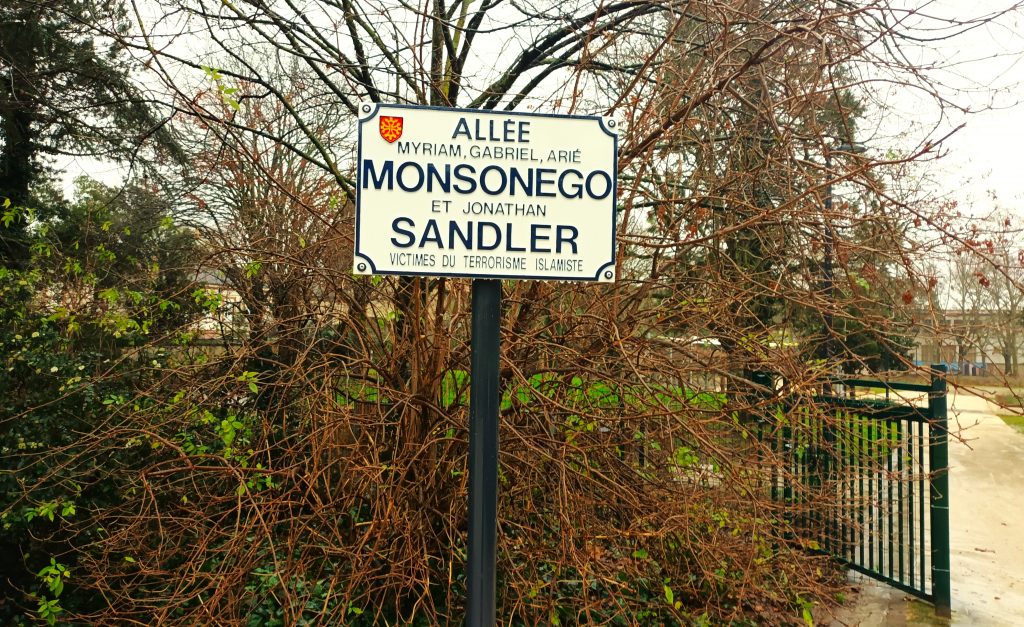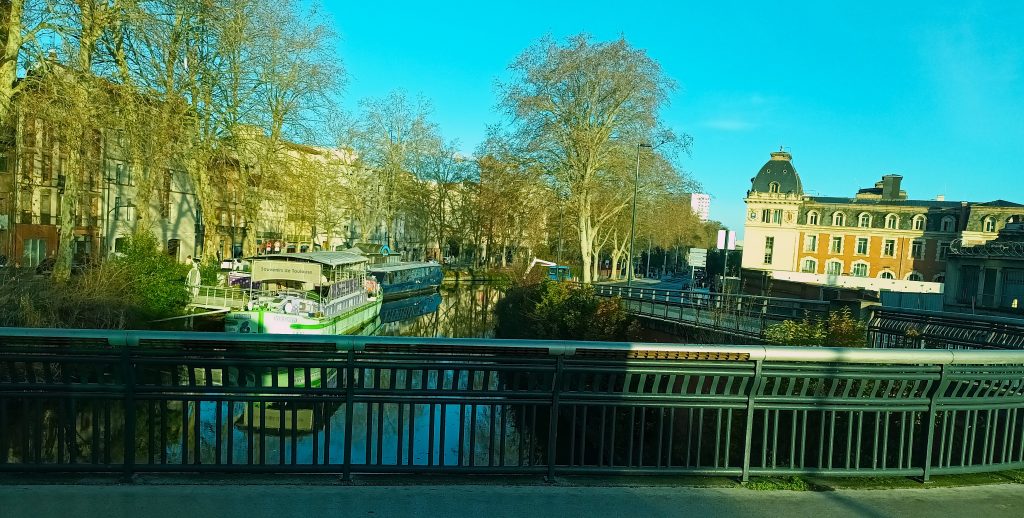
France’s third most populous city since 2025, the pink city (named after the bricks on its buildings) is best known for its ability to cross time, from its ancient religious buildings to its aeronautics and space industry. Not forgetting, of course, its gastronomic specialities, its universities, its glorious rugby team and its bridges that facilitate space-time crossings…
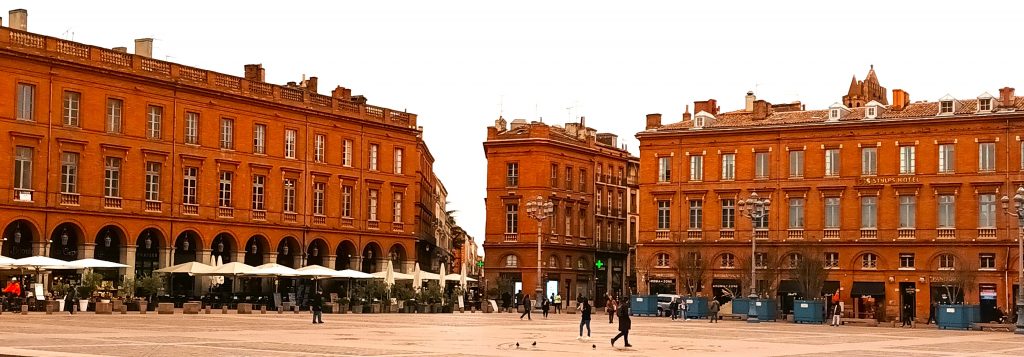
Administrative archival documents date the presence of Jews in Toulouse to the 800s. The city of Toulouse is part of this flourishing Jewish life from the Middle Ages close to Spain and Languedoc. As confirmed by the presence in the 11th century of Moses Hadarshan (originally from Narbonne) and his son Judah, whose pupil, Menahem Bar Helbo, will introduce Rashi to Mediterranean Jewish science.
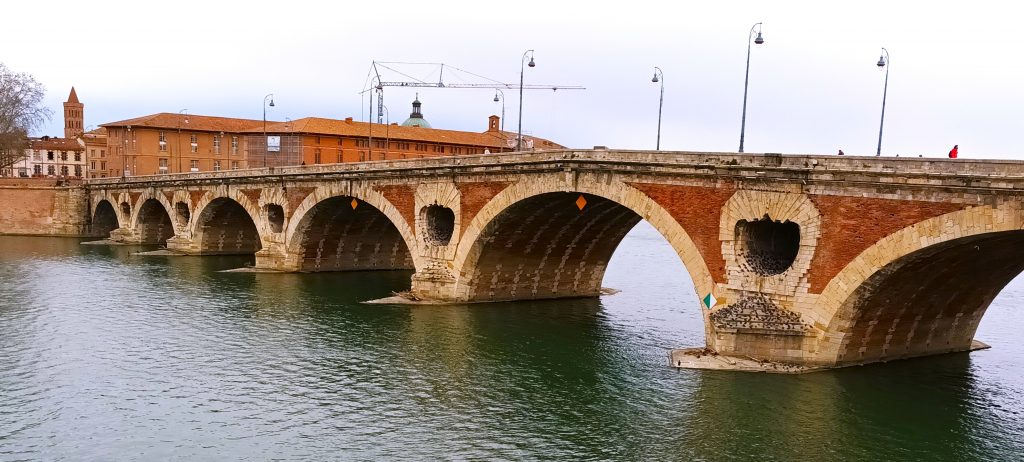
There was then in Toulouse a Jewish quarter of which the synagogue was the center. It was located between the south of the Place des Carmes and the Place Rouaix and between the Filatiers street and the Saint-Rémésy street . The Jewish cemetery was located near the Château Narbonnais, then when the king took possession of the place, at the end of the 13th century, it was relocated to a field bought by the Jews near the Porte de Montoulieu.
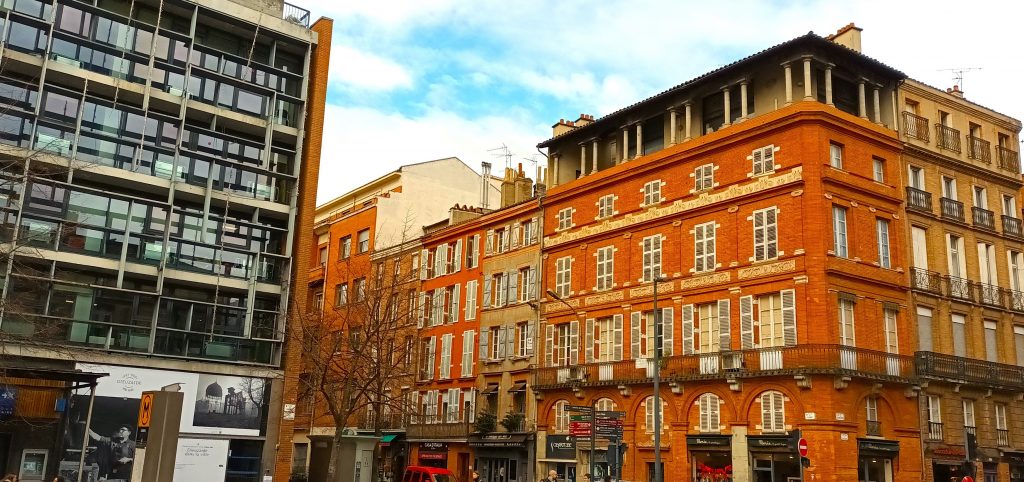
While they enjoyed a relatively good understanding with the local authorities, the Pope sent a letter to Count Raymond Vi, urging that Jews no longer participate in public life. From Alfonse de Poitiers, the brother of Saint-Louis, seizing Toulouse in 1249 until the expulsion of the Jews from France ordered by Philippe le Bel in 1306, their situation gradually deteriorated.
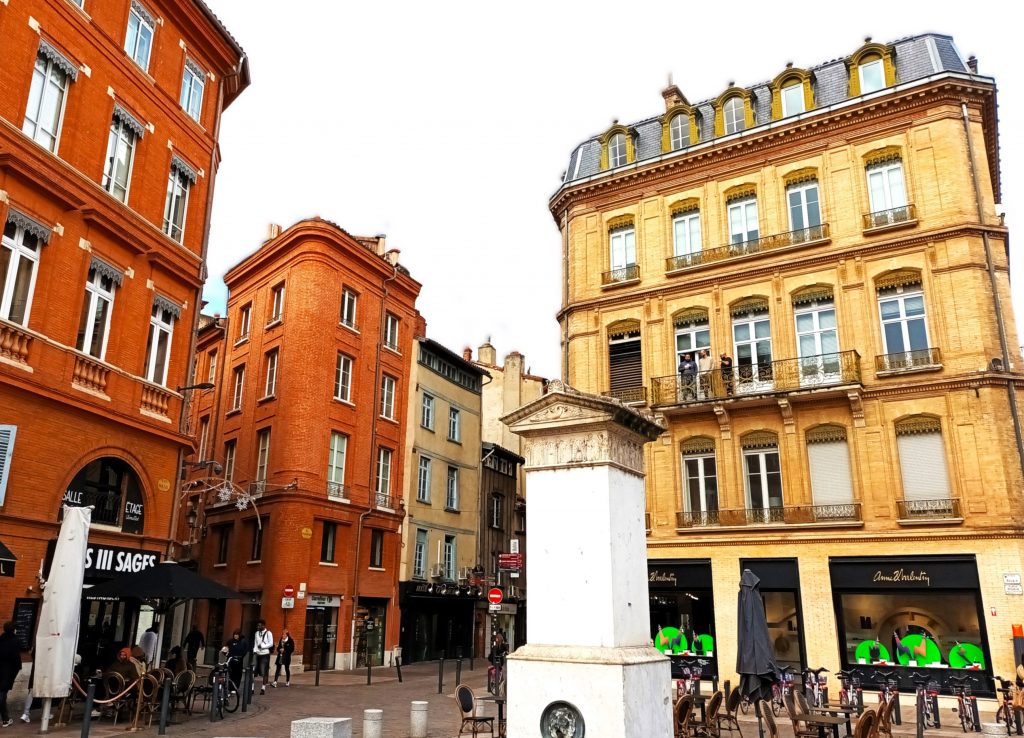
During the 14th century, some of the expelled Jews will be allowed to return and then expelled again. This on several occasions. A crusade of adolescents from Paris raged in the country in 1320, with devastating effects in the southwest.
Francisco Sanchez, born in a Jewish family in Portugal, studied in Bordeaux and Montpellier. He moved to Toulouse in 1581, where he practiced medicine. He became dean of the Faculty of Medicine in 1621 but was best known for his skeptical philosophical work: Quod nihil scitur (1580). A work published at the same time as the Essais de Montaigne, a philosopher also linked to Toulouse.
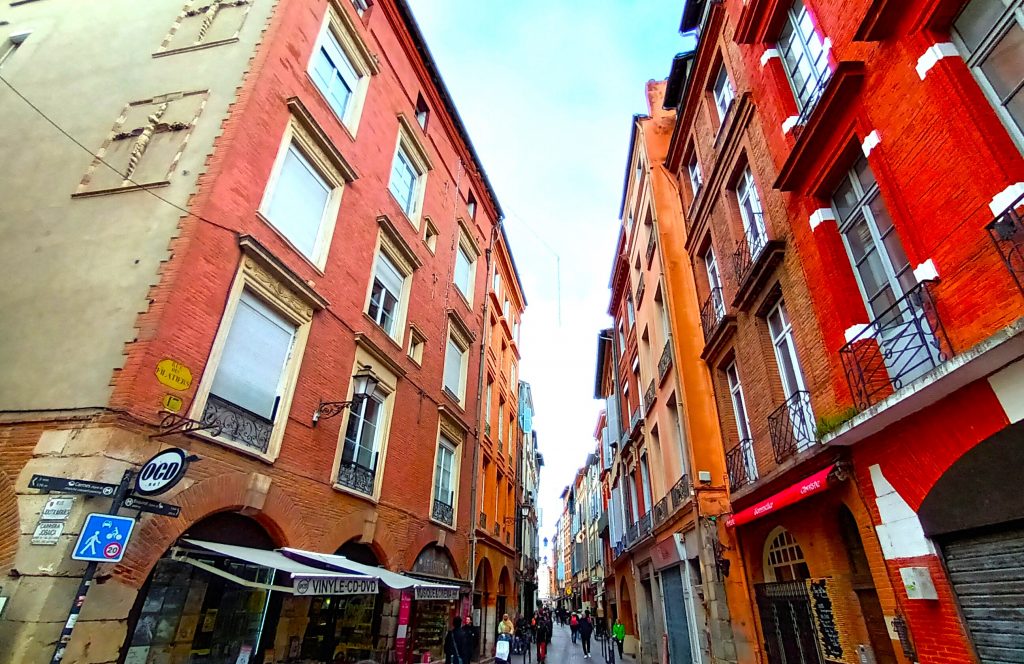
In the 17th century, when a group of Marranos attempted to settle in Toulouse, they were tried by an Inquisition tribunal in 1685. In the spirit of the emancipation granted by the French Revolution and Napoleon, the situation of the Jews improved in France in the 19th century. In the 1807 census, there were 87 Jews in Toulouse. Mainly traders from Avignon or working as a peddler.
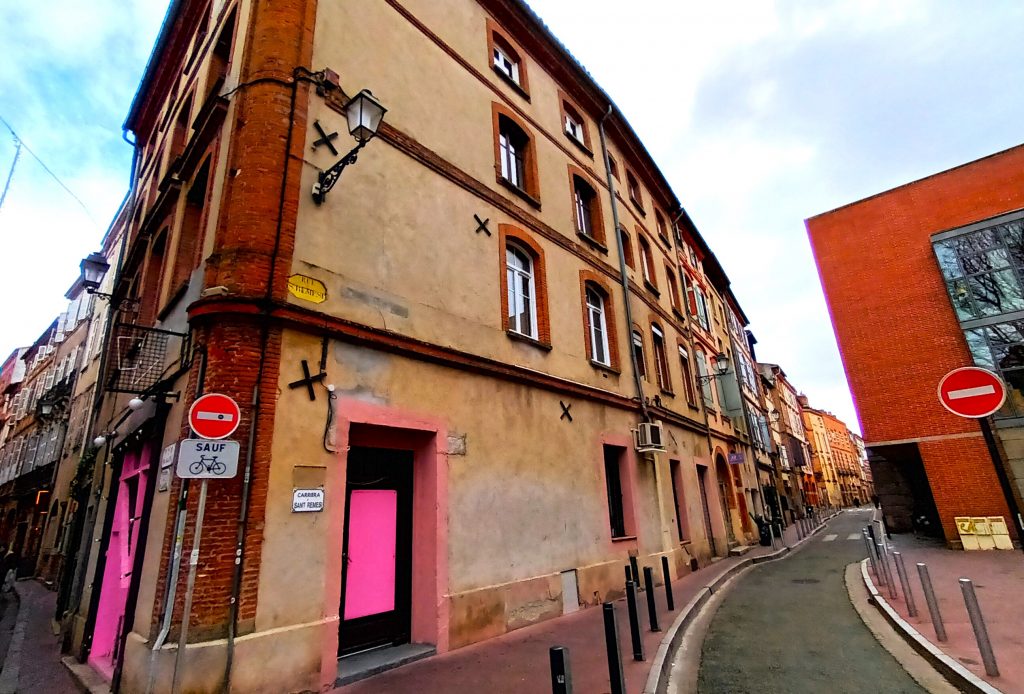
Rabbi Léon Oury, originally from Alsace, was the first, in 1852, to officially practice in Toulouse for several centuries. Other Jewish personalities in Toulouse include Jassuda-David Musca, who in 1867 created a committee of the Alliance Israelite Universelle in Toulouse. But also Léon Cohn, the prefect of the city (from 1886 to 1894) and one of the founders of the labor exchange, the philosopher Frédéric Rauh and the poet Ephraïm Mikhaël, close to Bernard Lazare with whom he will write a play La Fiancée de Corinthe.
In 1887, there were only 350 Jews in Toulouse. Waves of migration from Alsace-Lorraine following the war of 1870 and between the wars in Eastern Europe and Turkey will increase this number. Among them, students from Poland and the Balkans attracted by the good study conditions at the University of Toulouse.
At the start of World War II, Toulouse welcomed refugees such as Léon Blum. Many Jews fleeing the German army ended up in the south and were interned in camps in the region, such as Gurs, Noé and Récébédou. Monsignor Saliège sent a letter of protest concerning the fate of the Jews which was read in all the churches of the diocese. In August 1942 the first deportations began to the camps in the East. The free zone was occupied from November and the deportations accelerated.

The Resistance is very active in Toulouse and Jews are joining its ranks in large numbers. Among the groups in place, the 35th FTP-MOI brigade which, under Marcel Langer, carried out numerous attacks. A monument at the Terre Cabade cemetery pays tribute to his courage, leadership and sacrifice. But also the Jewish Army, led by Abraham Polonski and Aaron-Lucien Lublin, the Israelites Scouts of France and the Jewish Combat Organization. The latter organized numerous convoy attacks and passages of combatants in the areas of struggle.

On July 17, 1944, several senior officials of the OJC, including Rabbi René Kapel, André Amar, César Chamay, Jacques Lazarus, Henri Pohoryles, Ernest Appenzeller and Maurice Loebenberg were trapped by the Gestapo. There were also women among the great figures of the Resistance. In particular Sarah-Ariane Fixman-Knout. While her husband took refuge in Switzerland with their children, she took up arms and was murdered on July 22, 1944.
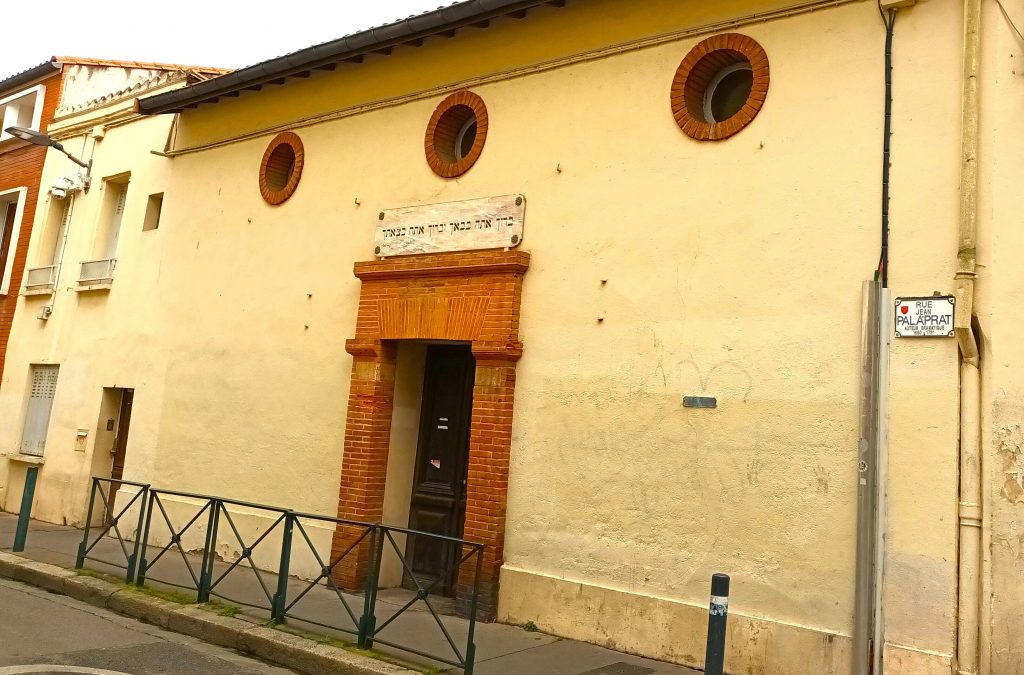
Among the other figures of the Toulouse Resistance, Rabbi Moïse Cassorla and his successor at the Palaprat Synagogue , Rabbi Nathan Hosanski. This strong presence of Toulouse Jews in the Resistance was reflected after the war in the will of these fighters and survivors of the camps to rebuild Jewish life there.
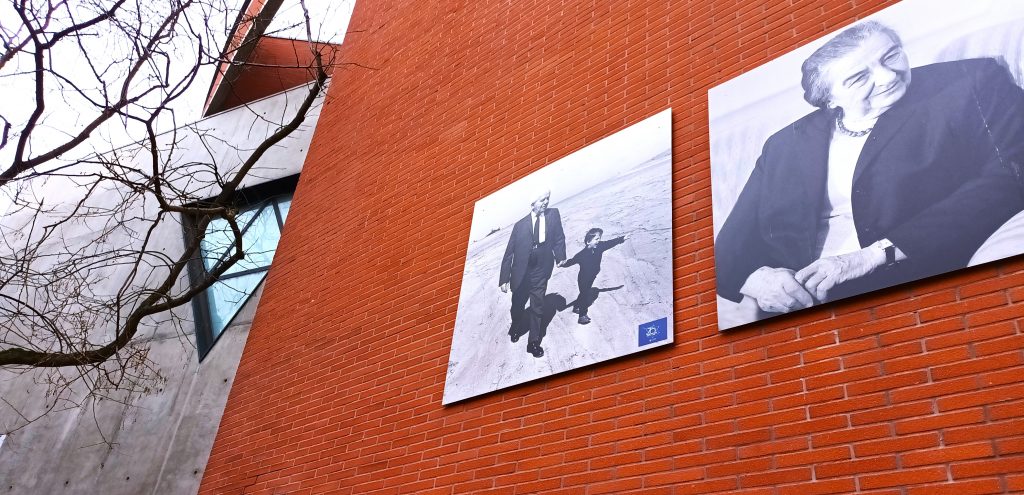
In 1960, Toulouse had more than 3000 Jews. During this decade, the arrival of many Jews from North Africa allowed the community to grow, reaching 20,000 Jews in 1969. A relatively stable number in 2025, with more than 15,000 Jews in Toulouse.
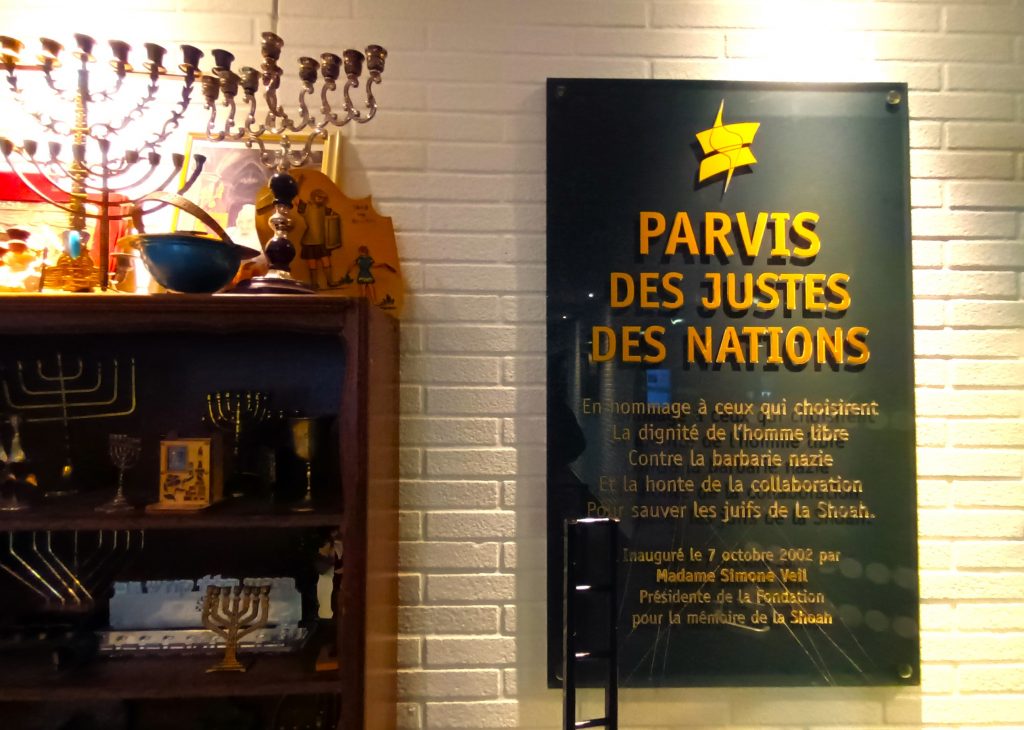
The city of Toulouse now has around ten synagogues, in addition to that of Palaprat mentioned above. Among them, the Beth Habad , Chaaré Emeth and the Association of Liberal Jews of Toulouse .
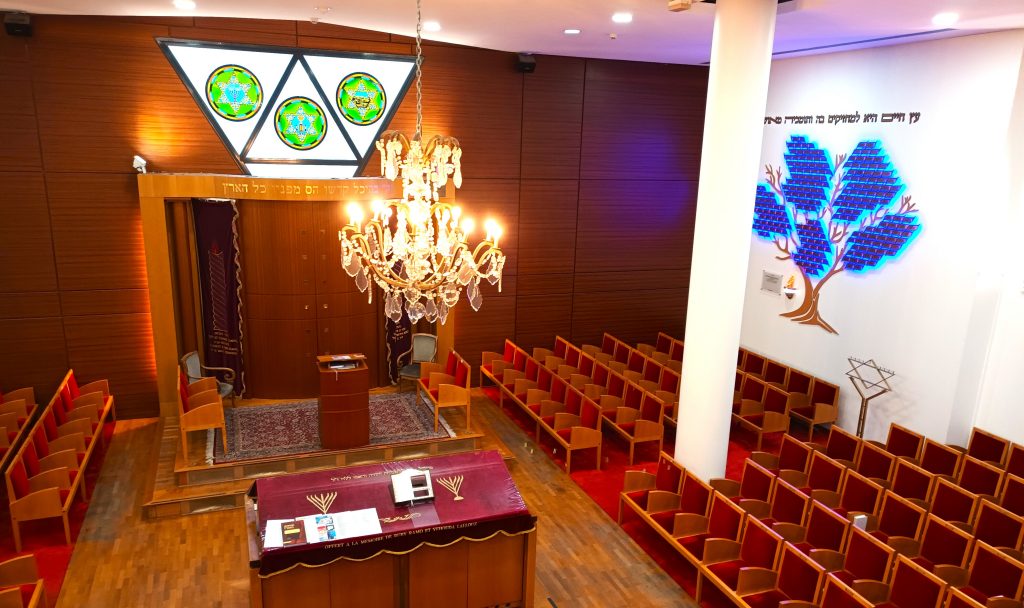
The Espace du Judaïsme Toulouse is one of the largest community centres in Europe, co-chaired by the Consistoire and the FSJU. It is home to the Hebraïca cultural association, a synagogue, an oratory, language and art courses, a radio station and a cafeteria. Annual events include the Days of Jewish Culture and the Spring Festival of Israeli Cinema.
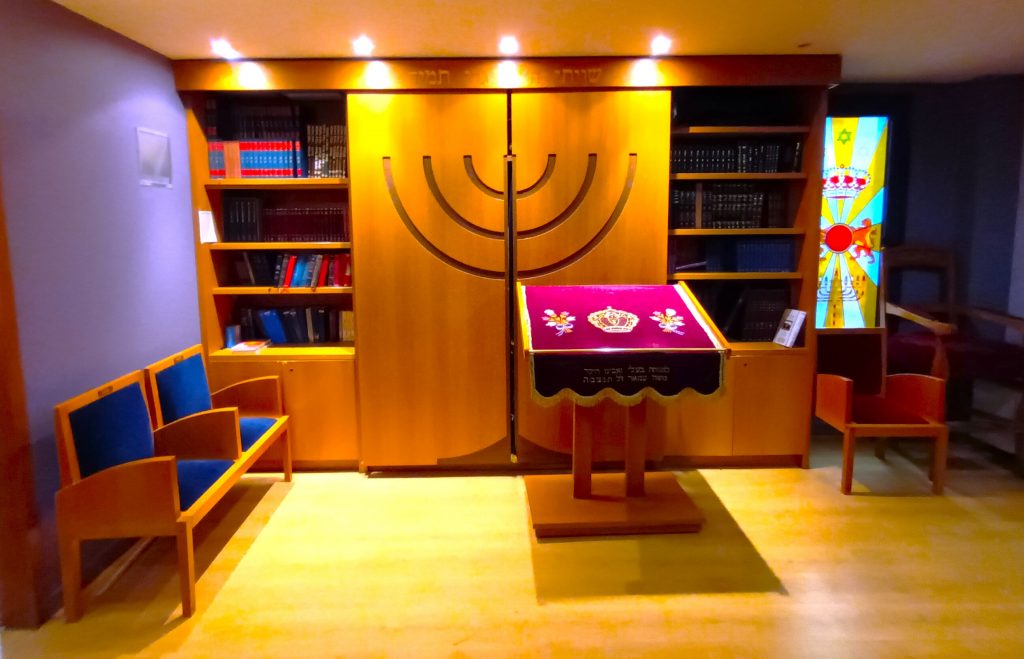
But Toulouse, like many places in France, has also been marked by a wave of anti-Semitism since the turn of the century. The murders of Jonathan Sandler, Gabriel Sandler, Arié Sandler and Myriam Monsonego at the Ozar Hatorah school in Toulouse and those committed in Toulouse and Montauban by the same terrorist against soldiers Imad Ibn Ziaten, Abel Chennouf and Mohamed Legouad deeply moved the nation in 2012. A plaque has been laid in memory of these victims in the Square Charles de Gaulle , which surrounds the Donjon du Capitole. The Monsonego-Sandler alley runs through the Jardin Michelet. And the Imad Ibn Ziaten, Abel Chennouf and Mohamed Legouad alleys surround the Caserne Niel garden.
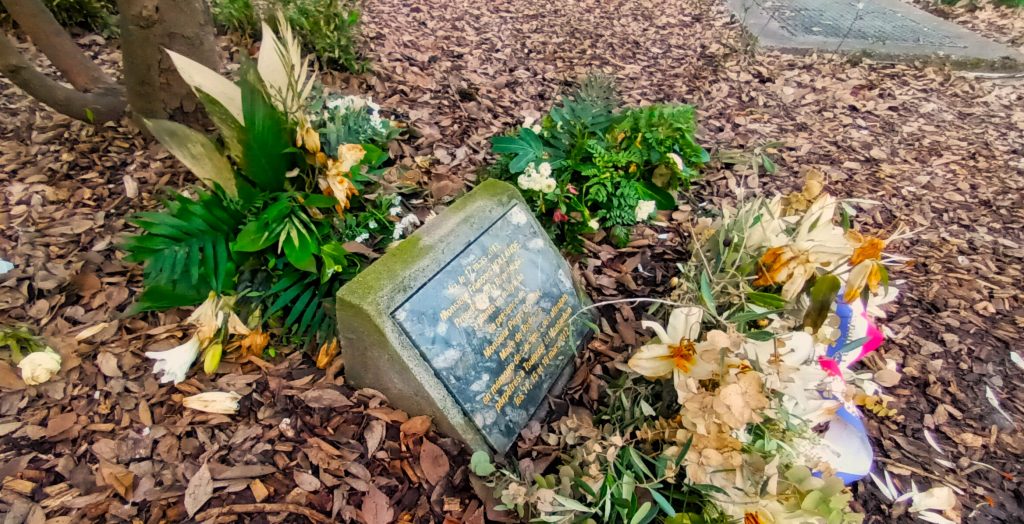
Interview of Gilles Nacache (member of the CRIF Midi-Pyrénées’ steering committee), Yves Bounan (President of the ACIT) and Pierre Lasry (Secretary General of the Hebraica cultural assaciation).
Jguideeurope: From the great participation in the Resistance to the reconstruction of the post-war community, how do you explain the strong attachment of the Toulouse Jews to their city?
Gilles Nacache, Yves Bounan and Pierre Lasry: Toulouse Jews arrived in successive waves of immigration: Tsarist Russia, Turkey, Egypt, Germany, Poland, North Africa: from a few families at the start of the 19th century, we became one of the first communities in France and this mosaic of itineraries is undoubtedly the secret of our legendary cohesion and of the attachment that Toulouse Jews have for this somewhat Spanish-looking city, dynamic and rather young, with more than 100,000 students.
Toulouse was a bastion of the French and Jewish Resistance and the assassination of Marcel Langer, beheaded in Saint-Michel prison because he was a Jew, a foreigner and a Communist, is one of the outstanding episodes. Georges Cohen, one of the founders of the Jewish Army, the father of Monique Lise Cohen, an important figure who has just passed away, was also an example of the Jewish resistance in Toulouse.
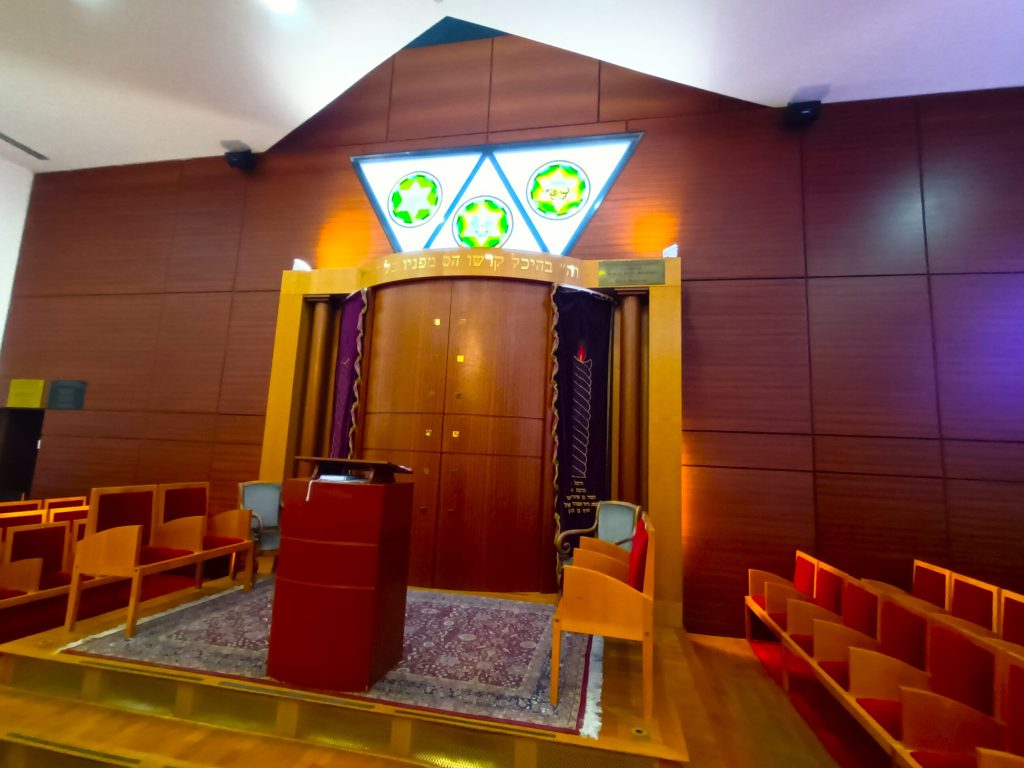
Which place linked to Toulouse’s Jewish cultural heritage has particularly marked you?
The Palaprat synagogue is an emblematic place of Toulouse’s Jewish heritage. It was built in 1857 and it remains today the oldest synagogue, the one reserved for great patriotic ceremonies and official receptions. It has historically been the center of Jewish resistance in the south of Toulouse. It represents with its many wall plaques, a center of memory for more than a century for the regional Jewish community. A plaque in memory of Cardinal Saliège is also remarkable. The rabbinate of Toulouse extends its area of influence over 9 departments around Toulouse.
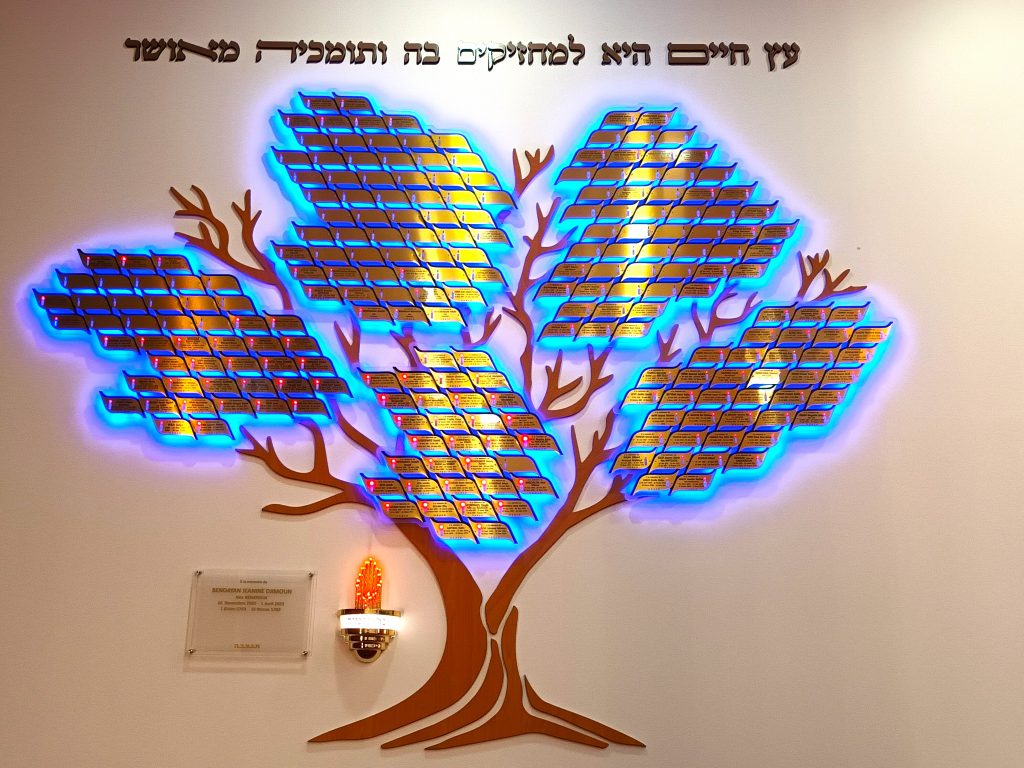
What educational and cultural approaches were put in place following the 2012 attacks?
A memorial ceremony takes place every March 19 at the Ohr Torah school, it is an opportunity to recall the events that took place there, often in the presence of a minister and sometimes a head of state. The educational approaches are less known to the public but they probably exist in several establishments and with certainty at the Ohr Torah school. Last year, an alley in a public garden was named after the victims in the presence of Nicolas Sarkozy and several ministers. A delegation of imams led by Marek Halter was also received at Ohr Torah, as well as many visitors from marks such as the Conference of American Association Presidents or the Prime Minister of Ukraine and the CEO of the El Al Company.
